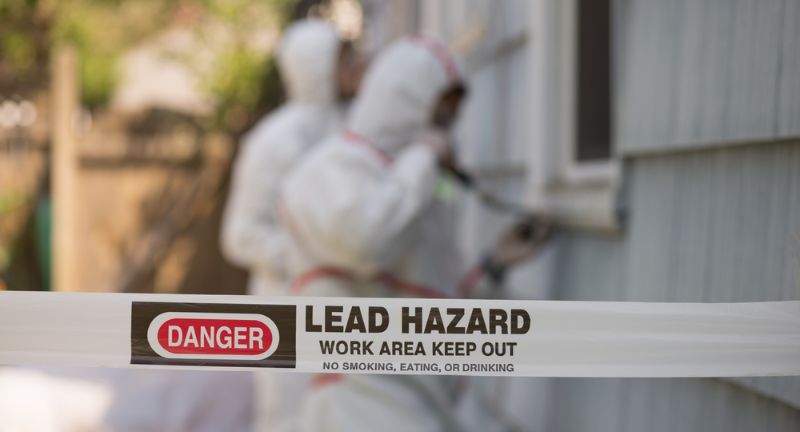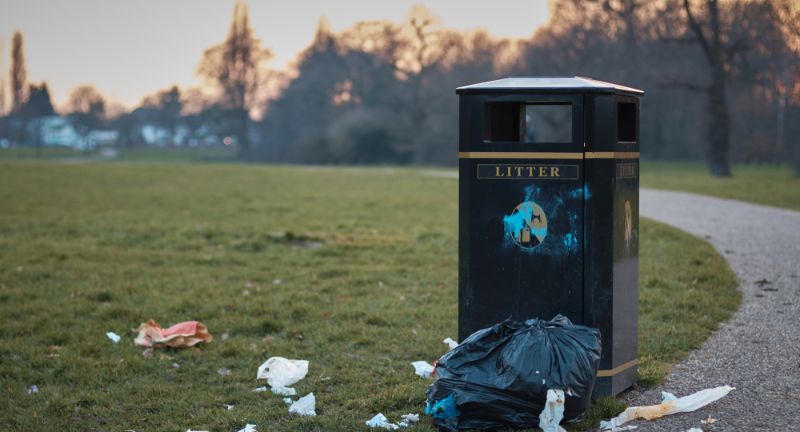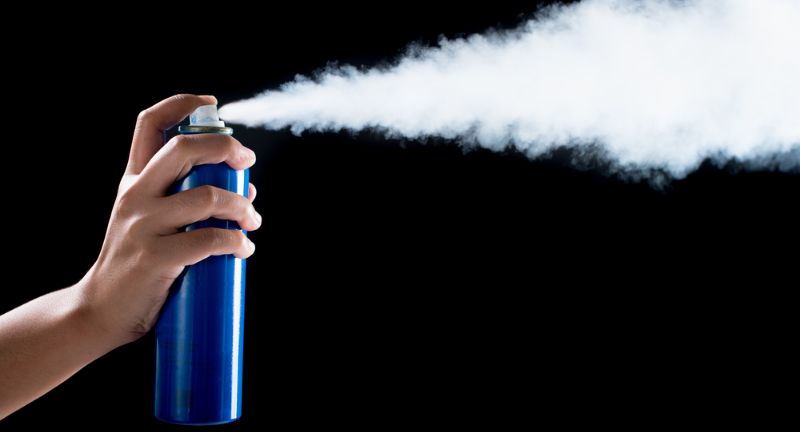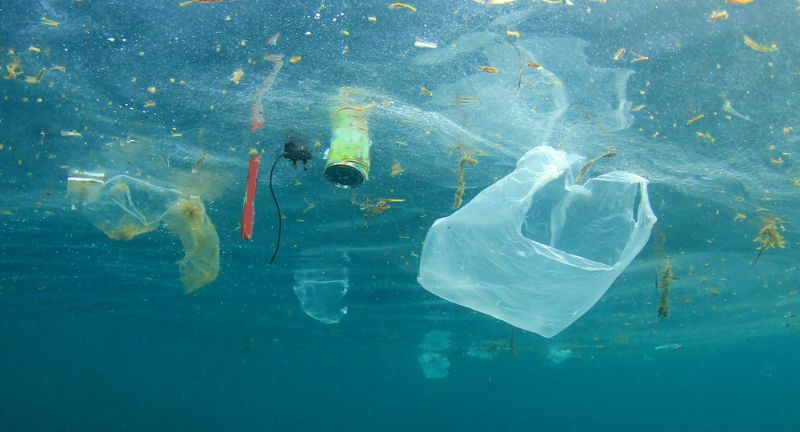NEWS
20 Wild 1980’s Norms That Would Cause an Uproar Today
Published
9 months agoon

Shutterstock
The 1980s were a decade of unapologetic excess, where societal norms danced on the edge of outrageousness with a flair that’s unimaginable today. From neon fashion disasters to jaw-dropping public behavior, the wild ’80s were a breeding ground for what would now be seen as cultural anarchy. Imagine a world where no one blinked an eye at the absurdities that would spark instant outrage in our hyper-sensitive era. Strap in as we take a rebellious ride through 20 norms from the ’80s that would set today’s world ablaze.
Normalization of Unhealthy Diets

Shutterstock
In the 1980s, diets high in processed foods and low in nutritional value were more commonly accepted, with limited public awareness of their health impacts. Currently, there is a stronger focus on healthy eating, supported by greater availability of information on nutrition and the advantages of a balanced diet.
Casual Sexism in the Workplace

Shutterstock
In the 1980s, casual sexism was frequently ignored or outright accepted in workplace environments. Remarks regarding appearance or traditional gender roles were commonplace, and women often encountered obstacles in career progression purely based on their gender. In contemporary times, such conduct is identified as discriminatory and unacceptable. Organizations now implement policies and training aimed at preventing sexism and fostering equality. This evolution signifies a broader societal movement toward acknowledging and tackling gender discrimination.
Improvements in Accessibility for Disabled Individuals

Shutterstock
In the 1980s, accessibility for people with disabilities was often overlooked in building design and public spaces. However, significant advancements have been made due to legislation and growing awareness of the rights and needs of disabled individuals. These improvements have fostered greater inclusivity and equality.
Increased Safety Awareness in Manual Labor

Shutterstock
During the 1980s, it was quite common to observe workers performing manual labor without adequate protective gear. Over time, the awareness regarding workplace safety and health hazards has significantly risen. This heightened awareness has resulted in stricter regulations and the widespread adoption of protective equipment, aiming to prevent injuries and mitigate long-term health problems.
The Evolution of Seatbelt Use

Shutterstock
During the 1980s, seatbelt use was infrequent and not strictly enforced. In contrast, contemporary laws in many regions require seatbelt use, supported by extensive campaigns that emphasize their critical role in saving lives. This shift in perspective on seatbelt usage illustrates a growing awareness of vehicle safety and a communal dedication to injury prevention.
The Evolution of Digital Privacy Concerns

Shutterstock
During the 1980s, digital privacy was not a significant issue for the majority of individuals, largely because digital technologies were not widely used. In contrast, the extensive adoption of the internet and social media in contemporary times has elevated digital privacy to a crucial concern. Today, there is considerable emphasis on safeguarding personal data from unauthorized access and misuse.
Reduction of Lead Usage in Products

Shutterstock
In the 1980s, the use of lead in products like paint and gasoline was widespread, even though the health risks were well-known. Over time, regulations have greatly decreased the prevalence of lead in these products. This change highlights a better understanding of the dangers of lead and a strong dedication to safeguarding public health.
Shift in Environmental Awareness

Shutterstock
In the 1980s, environmental issues were not at the forefront of public awareness, with limited focus on recycling, conservation, and the effects of human actions on the Earth. Nowadays, there is a much stronger integration of environmental consciousness and activism in everyday life. Significant steps are being taken to minimize waste, conserve resources, and safeguard the natural environment. This change signifies a growing acknowledgement of the crucial role of sustainability and environmental stewardship.
Smoking Indoors

Shutterstock
During the 1980s, smoking indoors in offices, restaurants, and other public spaces was a common sight. At that time, health concerns were not as widely recognized, and smoking was considered a typical aspect of adult life. In contrast, smoking indoors is now largely prohibited in public places due to the established health risks associated with secondhand smoke. These regulations represent a substantial shift towards prioritizing public health and comfort.
Drinking and Driving

Shutterstock
In the 1980s, drinking and driving were more socially tolerated and subjected to less stringent laws and enforcement. Over time, social attitudes have changed significantly, leading to heightened awareness of the associated risks and consequences. This shift has resulted in stricter laws, more rigorous enforcement, and extensive public education campaigns. Today, drinking and driving are universally condemned, illustrating a stronger commitment to road safety and accountability.
The Evolution of Recycling Practices

Shutterstock
In the 1980s, recycling was neither as common nor as heavily promoted as it is in the present day. Over the years, the significance of recycling and minimizing waste has grown substantially. This change underscores a move towards sustainability and conservation, highlighting the role of environmental policies and personal responsibilities in these efforts.
Increased Frequency and Acceptance of DUI Checkpoints

Shutterstock
In the 1980s, DUI checkpoints were relatively rare, and efforts to combat drunk driving were not as assertive. Currently, checkpoints are more prevalent and broadly endorsed as an essential strategy to deter drunk driving. This change highlights a societal dedication to enhancing road safety.
Reducing the Harmful Impact of Aerosol Sprays

Shutterstock
In the 1980s, aerosol sprays containing chlorofluorocarbons (CFCs) were commonly used, despite limited awareness about their detrimental effects on the ozone layer. Over time, international agreements such as the Montreal Protocol have drastically curtailed the use of CFCs, demonstrating a worldwide dedication to protecting the environment and ensuring planetary health.
Changing Attitudes Toward Public Littering

Shutterstock
During the 1980s, public littering was more widely tolerated and less heavily policed. Over time, there has been a considerable transformation, with a growing emphasis on cleanliness and environmental stewardship. Stricter anti-littering laws and public initiatives have been introduced to promote proper waste disposal practices.
The Impact of Single-Use Plastic Bags

Shutterstock
In the 1980s, single-use plastic bags became commonplace, with minimal attention given to their environmental consequences. Over time, growing awareness of plastic pollution has prompted initiatives aimed at reducing, reusing, and recycling plastics. This includes the implementation of bans or fees for plastic bags in various regions.
The Changing Perception of Racist and Homophobic Jokes

Shutterstock
In the past, making racist or homophobic jokes was more socially acceptable, mirroring broader societal prejudices. However, these types of jokes are now widely recognized as harmful and offensive, as they contribute to a culture of intolerance and discrimination. There is a growing awareness of how language impacts social equality, leading to a push for more inclusive and respectful communication.
The Evolution of Openly Carrying Firearms

Shutterstock
During the 1980s, openly carrying firearms was more prevalent and less regulated in certain areas. However, ongoing public debates and legislative actions have progressively introduced stricter regulations on the carrying of firearms, addressing growing concerns about public safety and gun violence. This change underscores society’s ongoing efforts to strike a balance between individual rights and the imperative of public security.
Unrestricted Internet Access for Children

Shutterstock
In the early days of the internet, access was less regulated, and there was little awareness of the potential dangers for children. Today, there is a heightened awareness of the risks of unrestricted internet access, including exposure to inappropriate content, cyberbullying, and online predators. Parental controls and education around safe internet use have become standard, reflecting a commitment to protecting children online.
Evolving Perspectives on Mental Health

Shutterstock
In the 1980s, mental health was frequently stigmatized, and discussions around it were limited and often misunderstood. Today, awareness and acceptance of mental health issues have significantly increased. There are more resources available for support and treatment, indicating a societal shift towards recognizing mental health as an essential aspect of overall well-being.
The Shift Away from Corporal Punishment in Schools

Shutterstock
In the 1980s, physical discipline, known as corporal punishment, was more commonly accepted in schools. Over the years, there has been a significant shift towards non-physical methods of discipline. This change reflects a better understanding of child psychology and the adverse effects of physical punishment. The new approach emphasizes respecting children’s rights and focusing on positive behavioral reinforcement.
Conclusion

Shutterstock
The journey from the 1980s to today showcases a significant transformation in societal values and norms, driven by greater awareness, technological progress, and a collective move towards a more inclusive and responsible world. These changes highlight our capacity to reflect, learn, and adapt, ensuring that harmful practices related to health, equality, and the environment are left behind. As we move forward, it is evident that lessons from the past are crucial in shaping a more equitable and sustainable future for everyone.
More From Financially+
-


24 Everyday Groceries with Sky-High Price Tags Now
-


The Million-Dollar Myth: Retire Rich Without the Fortune
-


30 Hot Home Decor Trends to Transform Your Space in…
-


20 Savvy Tips to Keep Osteoporosis at Bay
-


18 Things The Rich Turned From Bargains To Luxury
-


Top Canine Breeds For Ultimate Companionship for Seniors
-


Questions That Drive Restaurant Servers Crazy
-


25 Retirement Spots for Those Who Love the Great Outdoors
-


20 Beloved Baby Boomer Items Millennials Won’t Touch
